18 Best Native Annual Flowers to Grow in Your Backyard
If you are looking to add some vibrant color to your backyard, it’s not too late to plant native annual flowers. These flowers are great for attracting pollinators and providing a natural, low-maintenance touch to your garden. Even though it’s already mid-season, many of these flowers are still perfect for planting. They grow quickly, bloom brightly, and adapt well to a variety of soil types. Plus, they are an excellent choice for anyone looking to support local wildlife. Whether you are new to gardening or have experience, these flowers will thrive with just a little care. Here are some native annuals you can plant in your backyard right now to enjoy a colorful garden.
This post may contain affiliate links, which helps keep this content free. Please read our disclosure for more info.
Plains Coreopsis
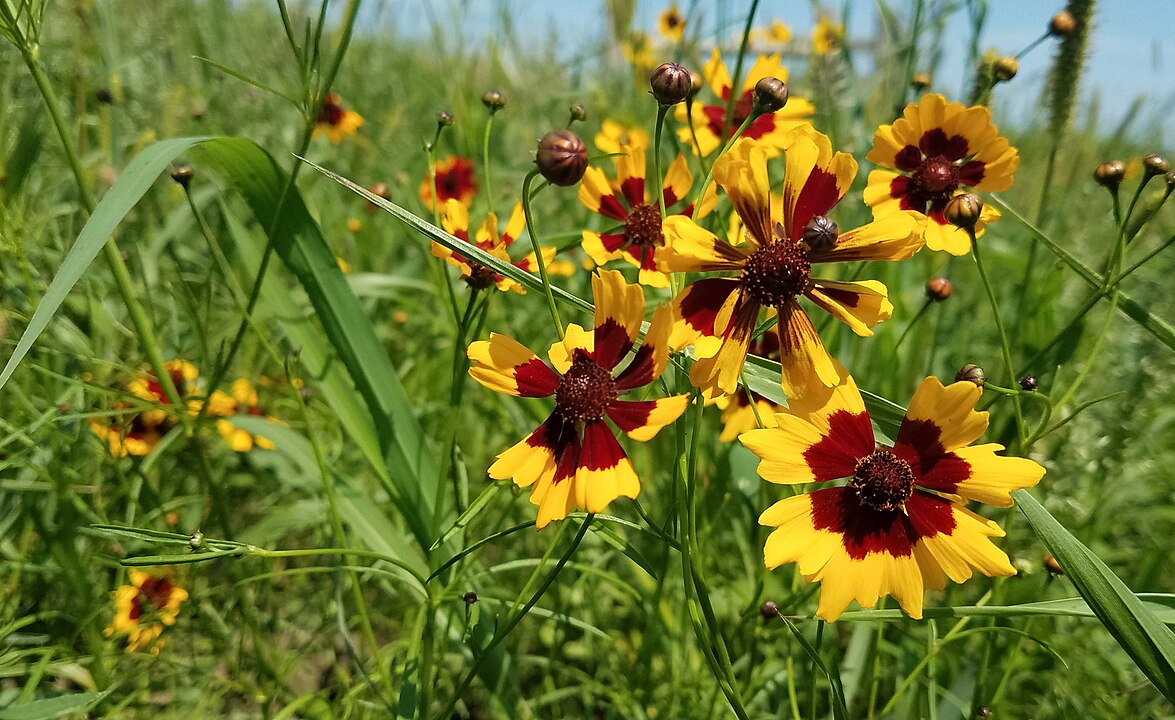
Plains coreopsis offers golden yellow petals with red centers and grows best in sunny spots. It handles dry soil and heat well, making it a good choice for low-maintenance areas. You can still sow seeds in late spring or early summer. These flowers bloom in just under two months.
Once they start blooming, they add a cheerful touch to the garden. Deadheading helps more flowers appear through the season. They also reseed themselves if you let a few go to seed. That helps keep them coming back each year, even though they are annuals.
Indian Blanket

Indian blanket, also called gaillardia, shows off bright red and yellow blooms. This flower does well in warm weather and sandy or rocky soil. It needs very little water once it is settled. You can still plant seeds now and expect flowers by late summer.
The colorful petals attract bees and butterflies. It grows well in meadows and open beds. If you leave the seed heads, it will drop seeds for next year. Cutting back faded blooms helps new flowers appear.
Lemon Mint

Lemon mint has purple flowers that grow in layers and smell fresh and minty. It belongs to the bee balm family and grows well in sunny areas. Sow seeds now and water regularly until they sprout. The plant grows quickly in warm temperatures.
The blooms attract bees, hummingbirds, and butterflies. It works well in herb gardens or mixed flower beds. You can even use the leaves to flavor drinks. It may reseed on its own if you leave some of the blooms to dry.
Partridge Pea
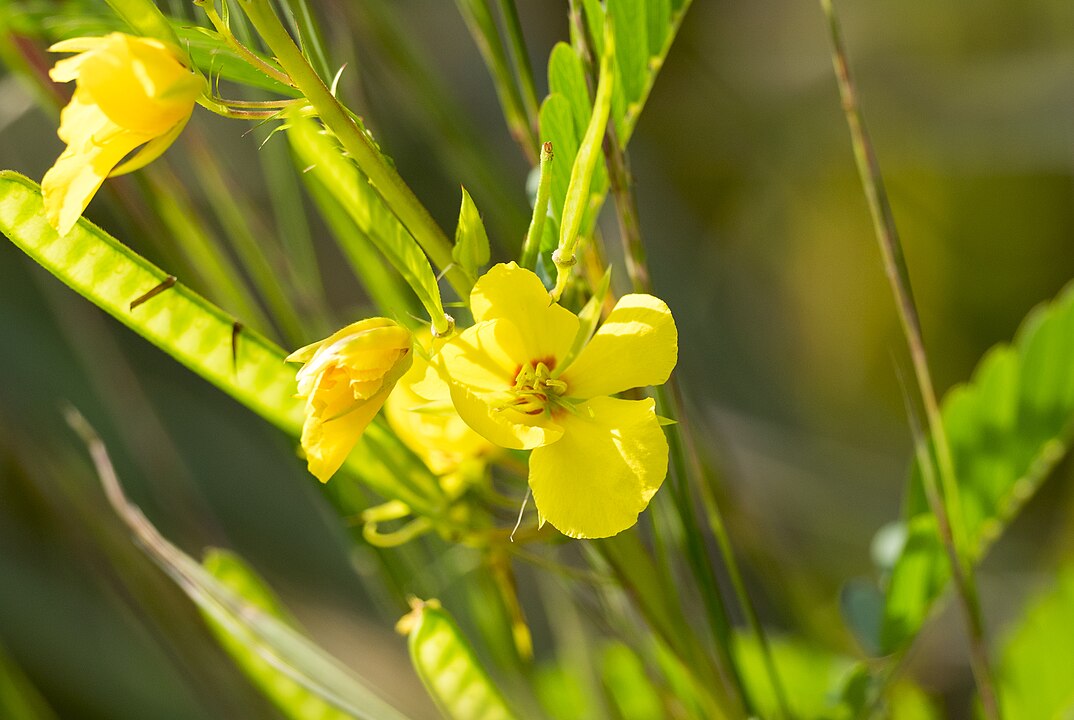
Partridge pea grows best in sandy soil and full sun. It has soft yellow flowers and fern-like leaves. The seeds can still be planted now and do not take long to sprout. It adds texture to wildflower gardens and open spaces.
Pollinators like bees love the blooms, while birds feed on the seeds in late summer. The plant helps fix nitrogen in the soil, making it helpful in poor ground. Water lightly during dry spells and avoid too much shade. It may reseed in the same spot the following year.
Firewheel
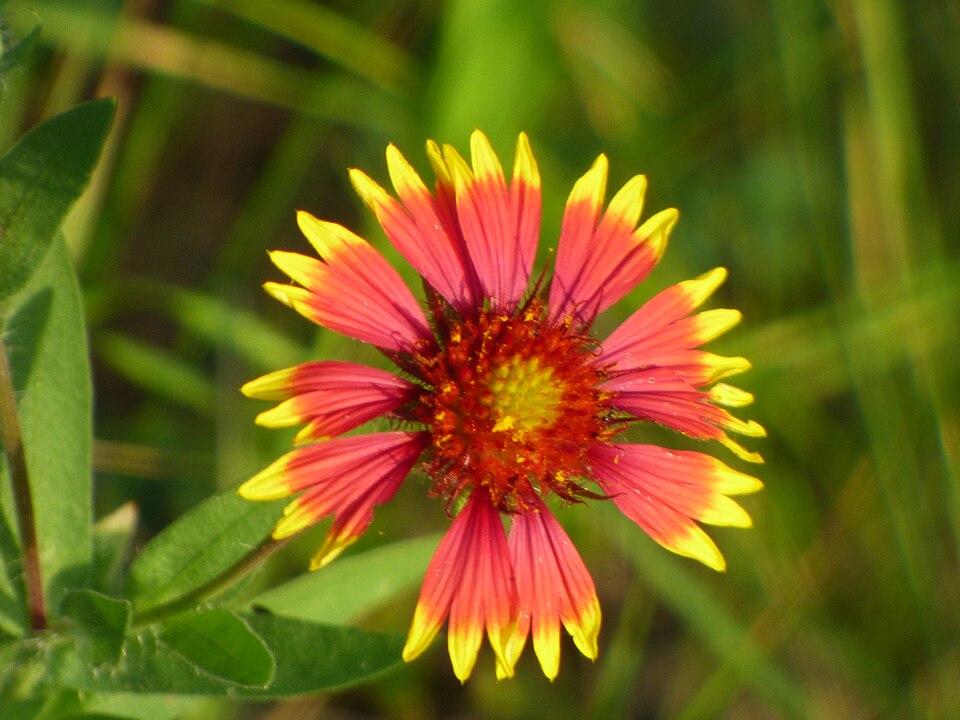
Firewheel shows off bright orange and red blooms shaped like pinwheels. It loves heat and full sun and does best in sandy or loose soil. Seeds can still be sown in early summer. It flowers in about six weeks.
This flower adds a bold splash to any bed or border. It attracts bees and butterflies and can keep blooming until fall. Cutting off dead flowers helps it bloom longer. Let some flowers go to seed if you want more next season.
Purple Poppy Mallow

Purple poppy mallow grows close to the ground and spreads like a mat. It has deep magenta flowers that show up well in open spaces. Sow seeds in sunny spots and keep the soil moist until they sprout. Once they are strong, they can handle dry weather.
This flower does well in rock gardens and along paths. The leaves stay green while the blooms appear through the warmer months. They are a nice choice for spots where taller flowers do not work. Let the plants reseed by avoiding too much trimming late in the season.
Standing Cypress
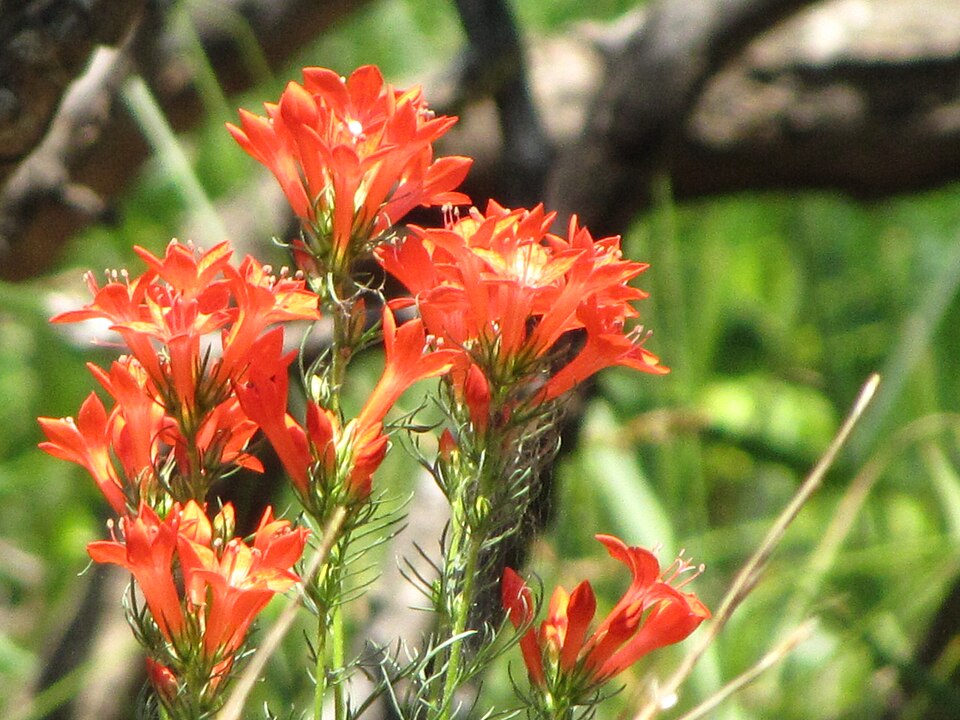
Standing cypress has tall red flowers that grow along a green stem. The blooms attract hummingbirds and add vertical interest to gardens. Sow seeds now and keep them watered until they grow. They thrive in well-drained soil and love full sun.
The fine leaves look almost like ferns. The plant does well in open spaces where it can grow tall without being crowded. Deadheading helps new blooms appear. Some gardeners let them reseed naturally by keeping a few seed heads.
Tickseed

Tickseed flowers have yellow petals with small red centers. They grow fast and do well in poor soil and full sun. You can still plant seeds in early summer and expect flowers before fall. This makes them a great late-season option.
They bloom well even in dry weather. Butterflies and bees often visit them during the day. Deadheading helps the blooms last longer. You can leave a few seed heads if you want more plants next year.
Spotted Beebalm
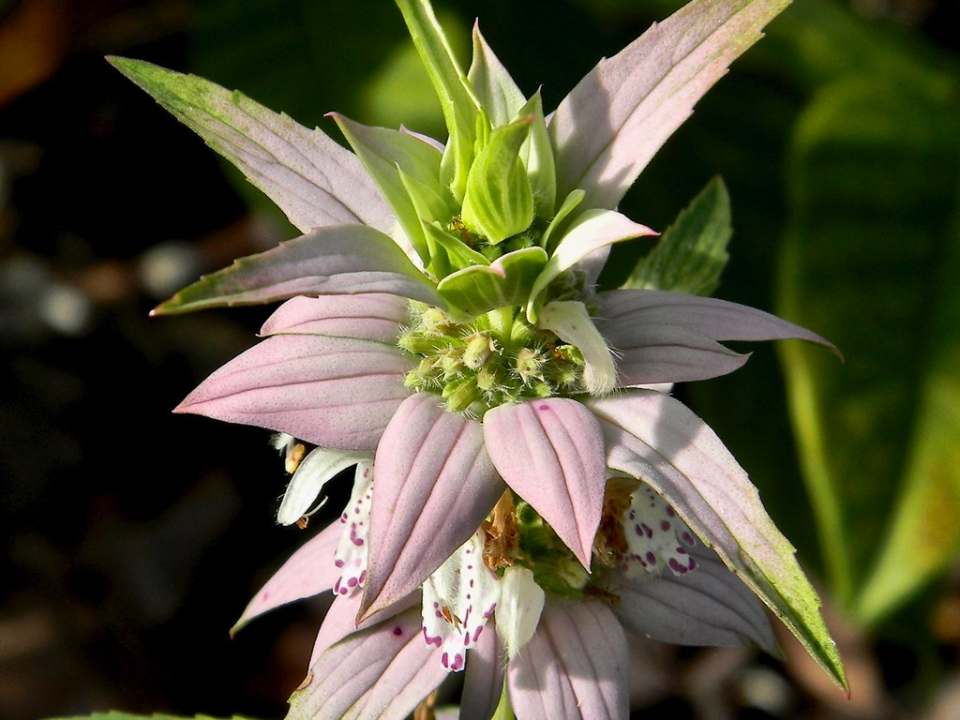
Spotted beebalm has light purple or pink flowers that look stacked in whorls. The leaves and blooms have a spicy scent. It does best in warm, sunny areas with sandy or well-drained soil. Seeds can still be planted now and will grow quickly with some water.
This plant attracts many pollinators and adds a soft wild look to the yard. The stems are sturdy, and the flowers last through much of the warm season. Use it in borders or pollinator gardens. Let a few flowers go to seed at the end of the season.
Showy Evening Primrose

Showy evening primrose opens its soft pink blooms in the afternoon or early evening. It grows well in sunny areas and dry soil. You can sow seeds now and expect flowers in a few weeks. Keep the soil moist at first, then water less often.
It works well in large open spaces or along borders. Bees and moths like to visit the flowers. Cut it back if it grows too much or gets too leggy. Letting some seed pods mature helps them return the next year.
Prairie Coneflower
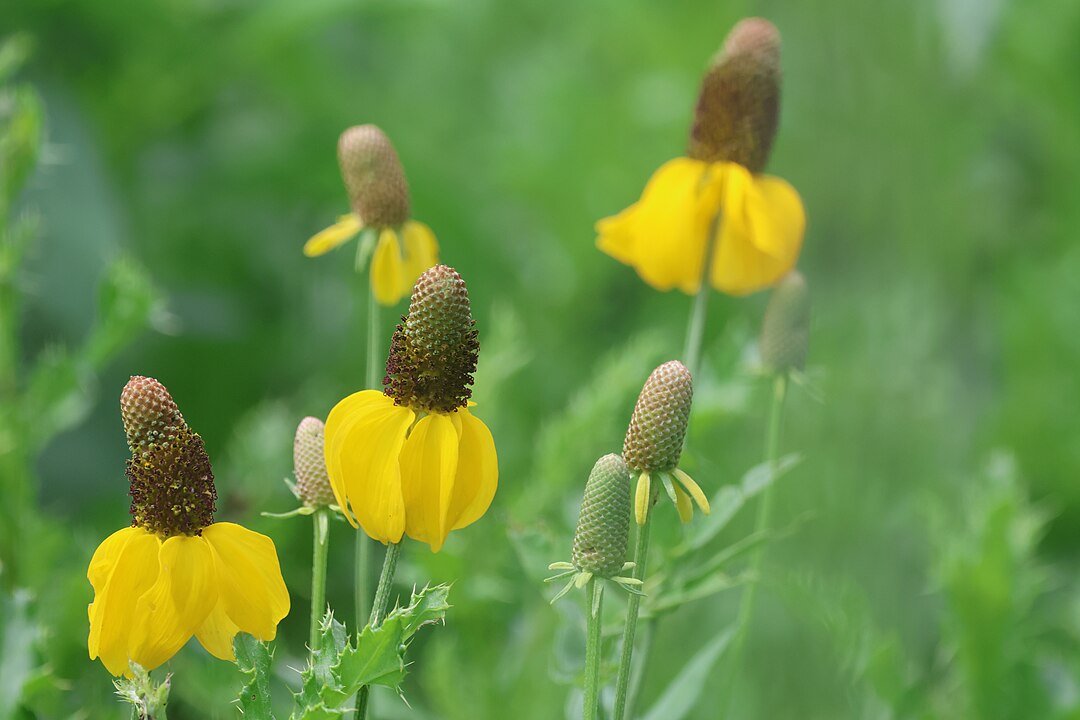
Prairie coneflower has drooped yellow petals and a dark central cone. It grows fast and handles heat well. Seeds can still be sown in early summer for blooms later in the season. The flowers stand on tall stems and sway in the breeze.
Butterflies and bees often visit this plant. It does well in open beds or prairie-style gardens. Water now and then if the weather stays dry. Let the seed heads stay if you want to see them come back.
Blazing Star

Blazing star has spikes of purple flowers that rise above the grass-like leaves. It prefers full sun and soil that drains well. You can still plant seeds or small plants if the weather is warm. These flowers bloom from mid to late summer.
The tall spikes attract butterflies and bees. They make great cut flowers too. Use them in the back of beds or along fences. Leave seed heads if you want natural reseeding.
Mexican Hat

Mexican hat flowers have petals that hang down from a tall center cone. The petals are red and yellow and look like a tiny sombrero. You can plant the seeds now in sunny spots. They grow well in dry soil and need little care.
This flower is often found in wildflower mixes. It brings pollinators to the yard and adds charm to natural areas. Cutting back old blooms helps new ones grow. It will often reseed on its own.
Wild Petunia
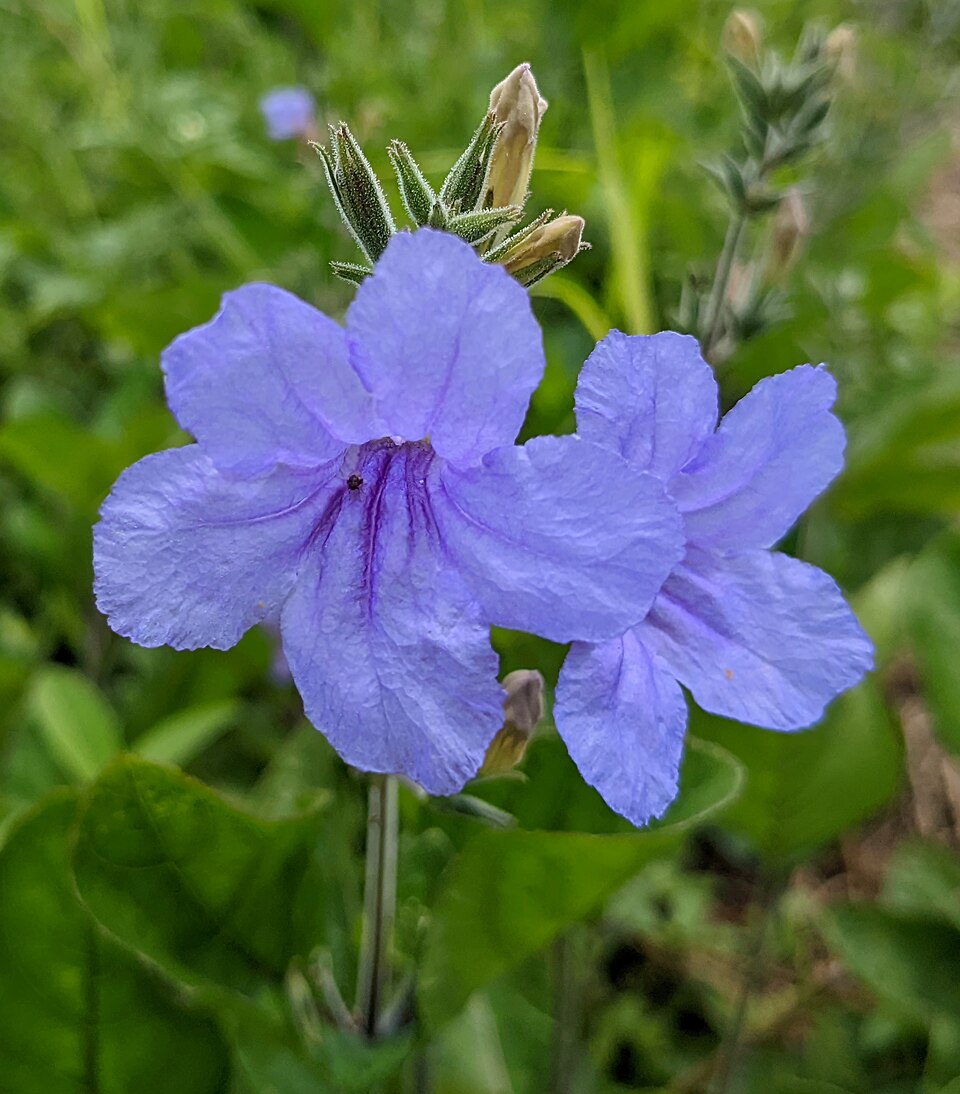
Wild petunia blooms in shades of purple and lavender. It grows well in dry areas and blooms through summer. You can still plant seeds if the soil is warm. It grows quickly and spreads on its own.
This flower does well in borders or natural spaces. Bees and butterflies enjoy it. It needs little care once it starts growing. You can leave some seed pods if you want more plants next season.
Blanket flower
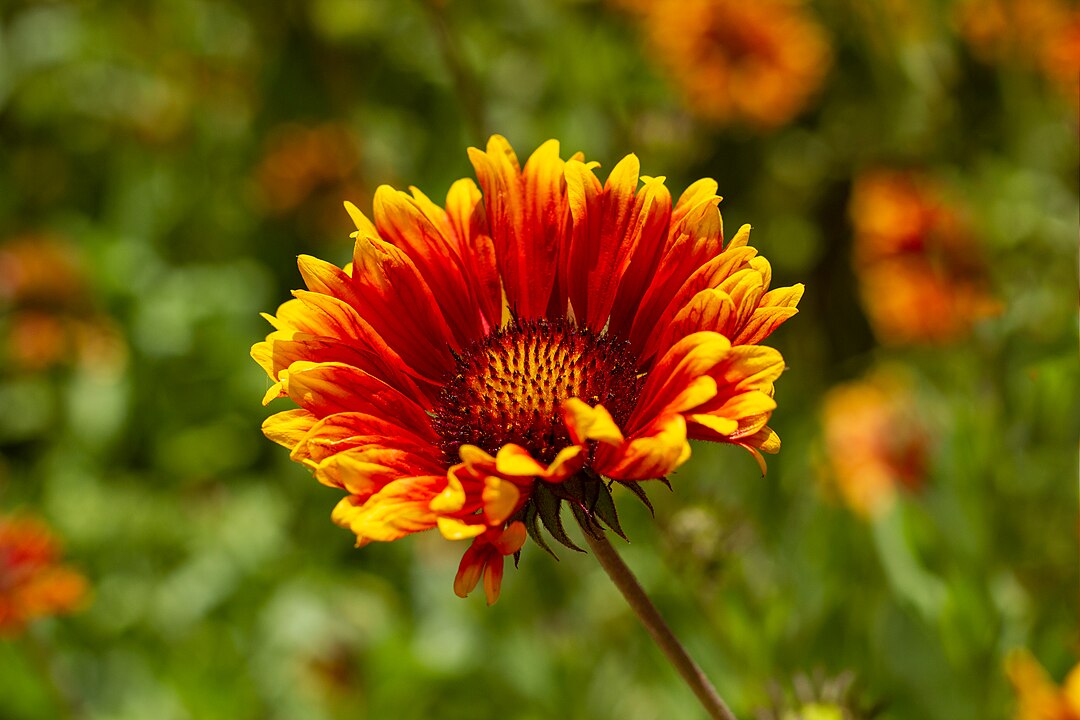
Blanket flower has red petals tipped with yellow. It blooms for weeks once it starts and does not need much water. You can plant seeds now in sunny spots. It grows best in soil that is not too rich.
Pollinators love the bold colors. It works well in beds and mixed wildflower areas. Cut back faded blooms to keep the plant flowering. Leave some heads for reseeding.
Rocky Mountain Bee Plant

This flower grows tall and produces purple or pink clusters. It blooms through summer and attracts many bees. Plant seeds now and keep the soil moist while they sprout. It grows best in open, sunny spots.
Use it in wildflower meadows or near vegetable gardens. The plant may grow several feet tall. Its long stems make it easy to spot in any garden. It will often drop seeds for next year’s growth.
Desert Marigold

Desert marigold grows well in sandy and rocky soil. It has bright yellow blooms and woolly gray-green leaves. Seeds can be planted in early summer and still grow well. Water only a little once the plant settles in.
The blooms last well into the warm months. It looks good in dry gardens or rock borders. You can trim back dead flowers to help it bloom more. Some flowers may self-seed and return.
Clasping Coneflower
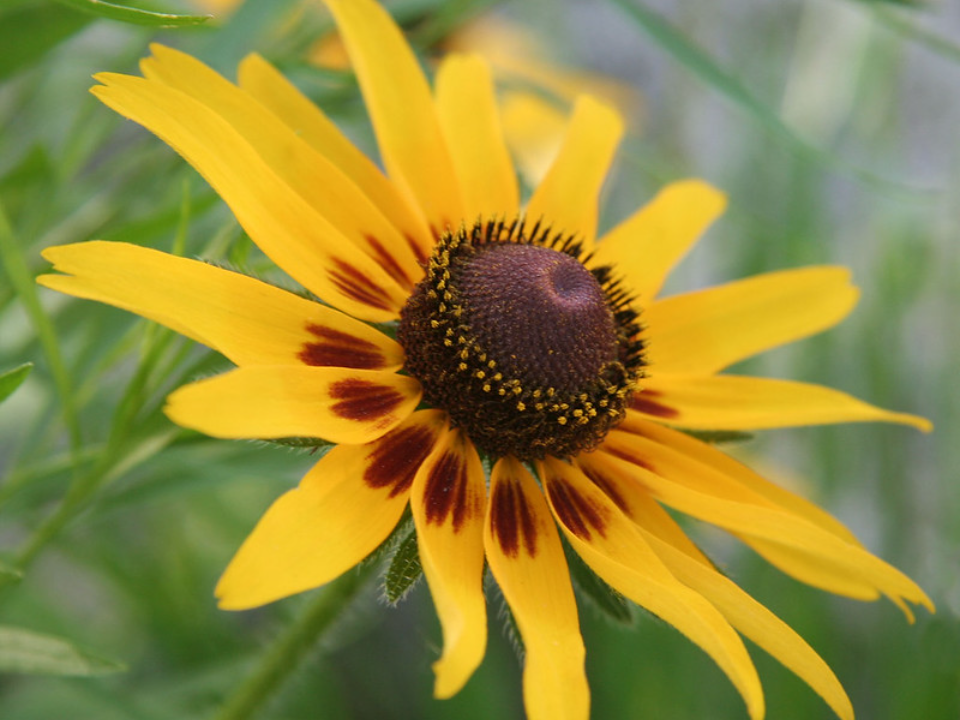
Clasping coneflower shows bright yellow petals with brown centers. The leaves seem to wrap around the stem. This flower grows well from seed and can still be planted now. It likes moist soil at first, then does well on its own.
You can use it in meadows or natural gardens. It grows fast and blooms through much of summer. Pollinators enjoy the large flower heads. Let the plants go to seed if you want them to come.
This article originally appeared on Avocadu.
